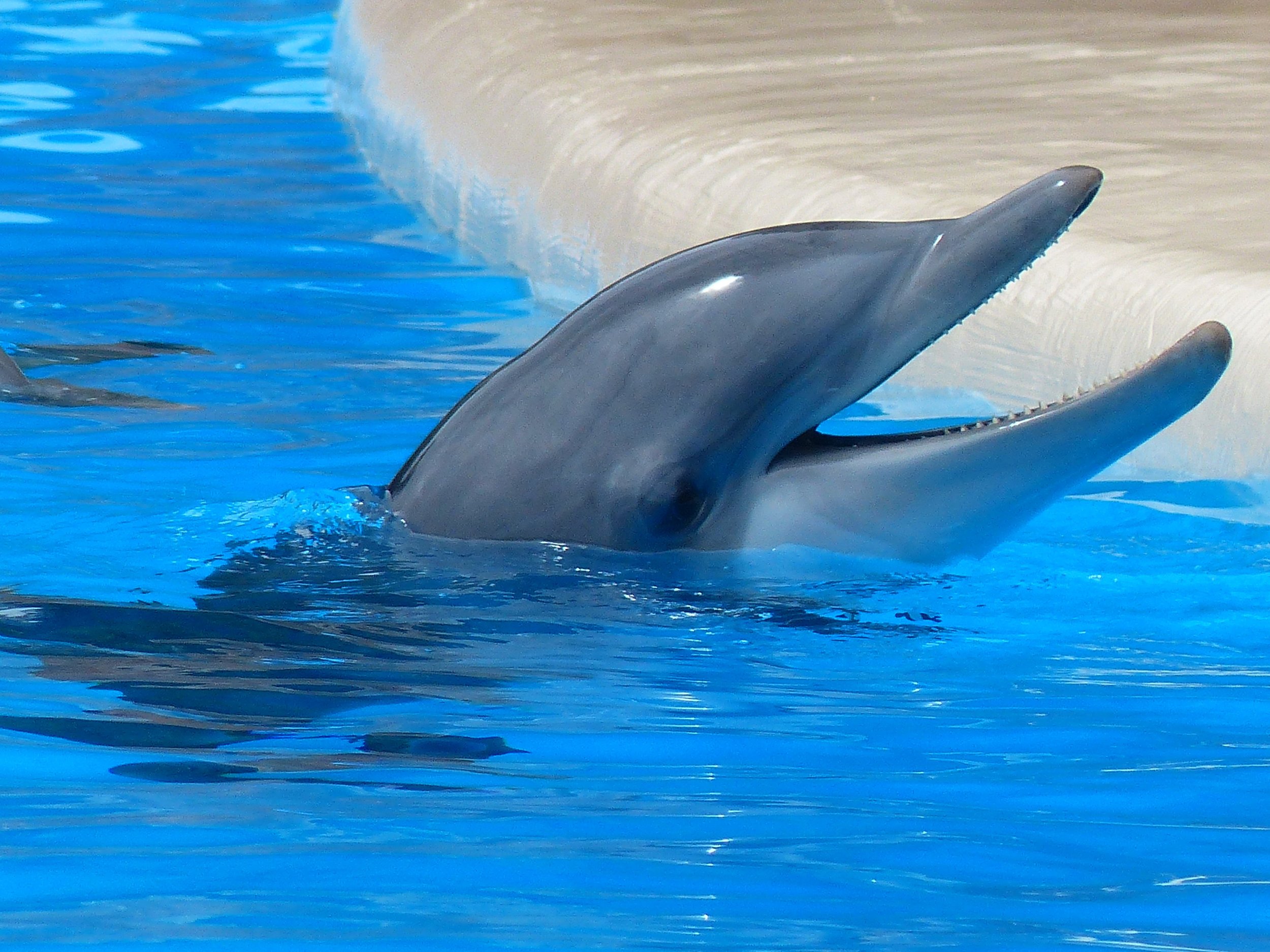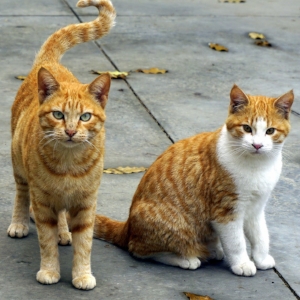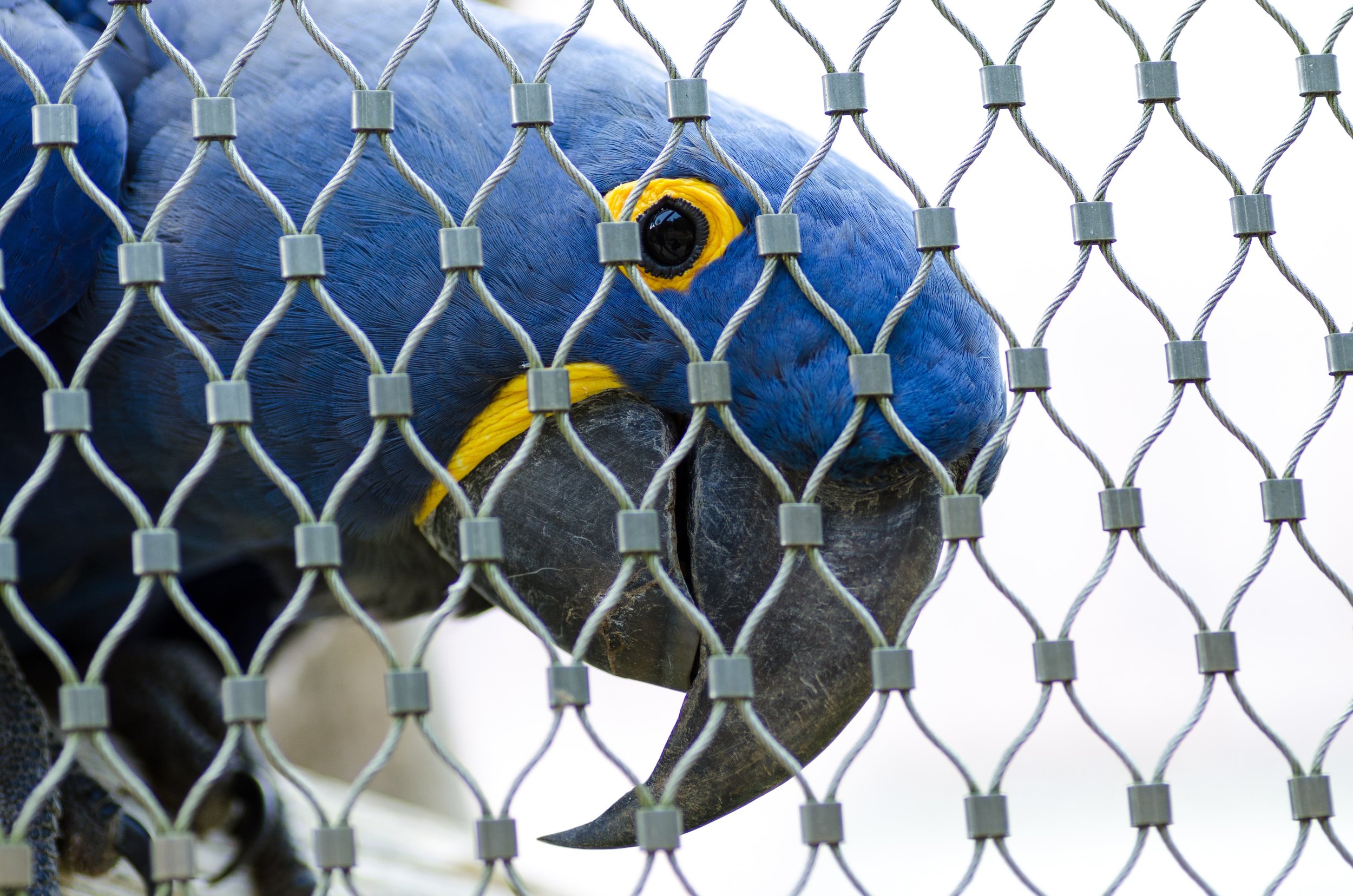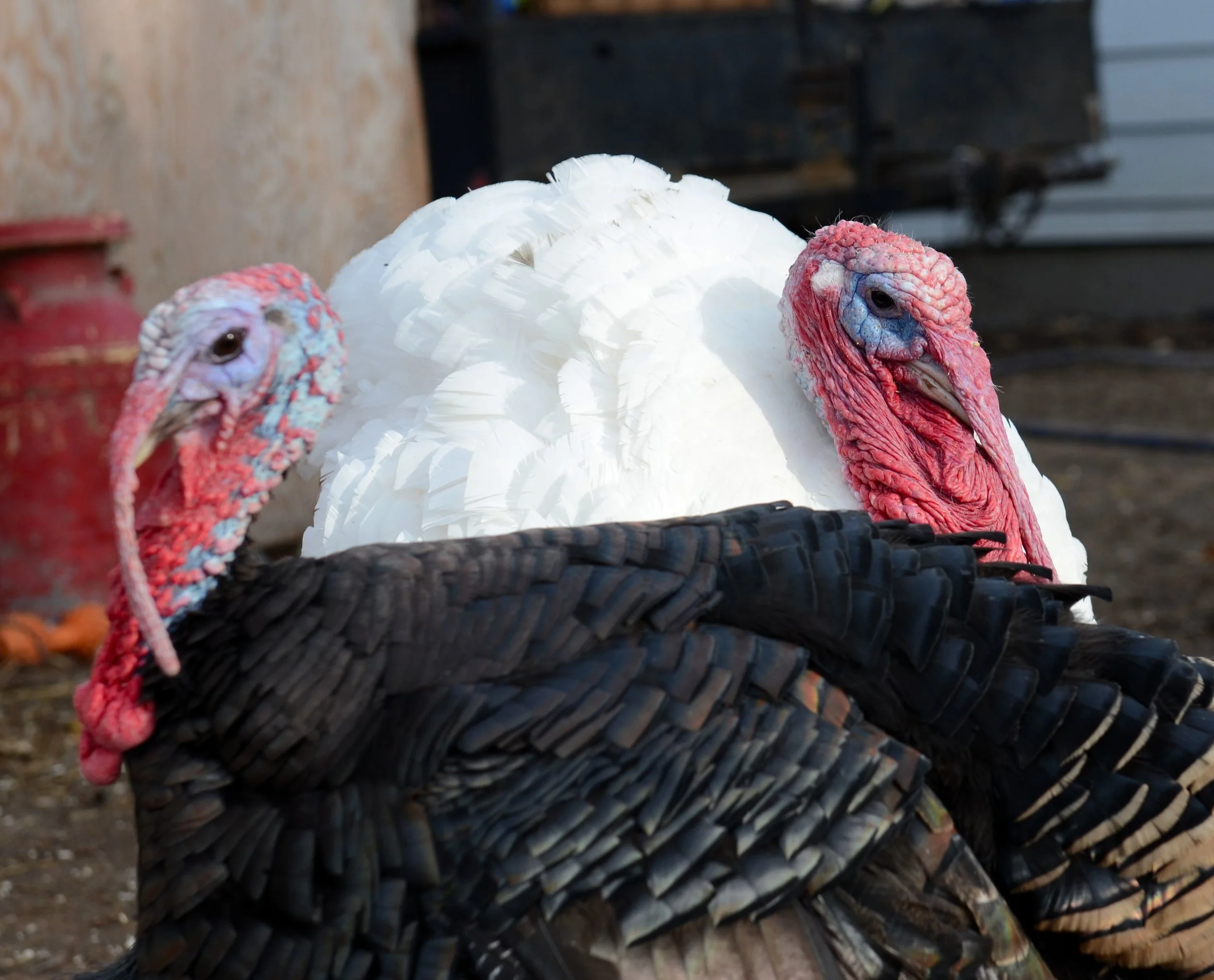Why It’s More Important Than Ever to Stop Cetacean Captures
/An orca in CAPTIVITY. Image courtesy of pexels.com
SeaWorld may have put an end to their captive orca breeding program and shows, but cetaceans are still at risk of capture worldwide.
In what many considered to be a landmark decision, SeaWorld announced in 2016 that they would end their orca shows and breeding programs, with them being phased out in all parks by 2019. This restructuring came after a struggle with significant backlash over the release of the 2013 documentary Blackfish, which criticized the marine park’s treatment of orcas and trainers alike.
While this change is certainly a step in the right direction—along with a state-wide ban of orca breeding and showcasing for entertainment purposes in California and a similar bill being proposed in Florida—it still falls short from stopping the capture and exploitation of these animals worldwide.
A Cetacean Life in Captivity is No Life at All
We briefly discussed the plight of orca captivity in regards to one whale in particular, Lolita, in our “Save the Whales, Save the Ecosystem” post, but the stats truly speak for themselves. Orcas have a lower life expectancy in captivity, with 92% of whales at SeaWorld not making it past the age of 25 (for comparison, wild females average 50 years with a maximum documented age of 100, while males average 29 with a maximum documented age of approximately 59 years). In addition to this these sobering numbers, captive orcas have 2.5 times higher mortality rates and experience illnesses that their wild counterparts do not.
Orcas and other cetaceans are highly intelligent animals that have cohesive family units and need constant stimulation, displaying behaviours in captivity that have never been observed in the wild and allude to their boredom and frustrations in plain concrete tanks.
Who Leads the Way in Ending Captivity
Some countries have taken steps in the right direction to end captivity, including The United Kingdom, India, Costa Rica and Switzerland; they all have varying degrees of legislation that outright ban cetacean captivity or make it next to impossible to open parks there. In Canada, Bill S-203, which has been making its way through Parliament since December 2015, seeks a federal ban on keeping and breeding cetaceans in captivity, though it has faced opposition from some conservative MPs. Ontario banned the acquisition and sale of orcas and other cetaceans entirely in 2015, with the country’s only captive orca, Kiska (Marineland, Niagara Falls) being grandfathered.
Chinese Demand for Cetaceans is Skyrocketing
Unfortunately, there are still regions that continue to capture and exploit these intelligent animals. China is the biggest culprit; they are currently experiencing a marine park boom and countries like Russia and Japan are catering to their demands. Just this past month Russian news outlet VL.ru documented approximately 100 orcas and belugas being held in cramped sea pens off the shores of Nakhodka, Russia while they await transport to various Chinese and Russian parks. The four companies funding the process are being investigated into the legality of their actions as the capture of whales in Russia is only legal for scientific or educational purposes, but corporations often exploit this loophole.
There is some—hopefully—good news, though: biologists have sent a letter to the Russian government urging them to stop the capture of Cetaceans, and there have been some online news sources stating that Russia will ban the capture of orcas and belugas entirely in 2019, but we could not find any official reports of this.
A bottlenose dolphin in captivity. Photo courtesy of pexels.com
In Taji, Japan, on the other hand, hunters continue to capture cetaceans nearly ten years after the release of the 2009 documentary The Cove, which exposed cruel killing tactics and the hunt’s connection to the captive cetacean industry. Many of the animals caught are slaughtered for their meat, which has been shown to contain toxic levels of mercury. Such findings make these deaths all the more unnecessary, and with 610 cetaceans of various species killed in the 2017-2018 season alone, it’s a tragic waste of life.
Hunters make far more money selling live cetaceans to marine parks versus the dead ones to butchers, so it wouldn’t be a stretch to suggest that the captive cetacean trade is what potentially pushes the Taji hunts to continue. In fact, this particular hunt didn’t even begin until 1969, around the same time that demand for captive cetaceans blew up. Not only are the marine parks that purchase cetaceans from Taji causing unnecessary stress and sometimes death to these animals by putting them in captivity, but are helping to fund the slaughter of others as well.
SeaWorld Isn’t Off the Hook
We can’t stop considering SeaWorld here, either: while they don’t take wild-caught cetaceans, the brand is actually making a comeback after the Blackfish controversy, still breeds dolphins and other whales and will continue to keep the orcas it has in captivity. It’s what makes it more important than ever that we not let this issue hide away from public scrutiny under the belief that we’ve “fixed” it.
We’ve Learned All We Can from Cetacean Captivity
It can be argued that the initial capture of cetaceans gave us the perspective we have on them today. For killer whales in particular, they were seen as animals to be feared and destroyed for most of human history, and having them in captivity certainly allowed us to see what amazingly intelligent and complex creatures they are. Now, though, instead of killing them out of fear we’re loving them to death.
We’ve learned what we can from having cetaceans in captivity, but the evidence that they simply can’t prosper in these environments is overwhelming. It’s time we let them go—figuratively and, in some cases, literally as well.
Common dolphins in the wild. This species is less popular for captivity than bottlenose dolphins as they have even more trouble adapting to such a life, but are sometimes still captured. Photo courtesy of pixabay.com
There’s still a long way to go before we can truly have a world free of cetacean captivity and exploitation. Along with ensuring that these animals actually have a viable ocean home to live and prosper in, we have a responsibility to learn from our mistakes and end the capture of these intelligent creatures for good.
Sara Grainger
Sara is a graduate of both Nipissing and Ryerson Universities. Since completing two post-secondary programs apparently wasn’t enough for her, she is also currently in the second year of the Professional Writing Program at Algonquin. When not making every attempt to avoid the 9-5 lifestyle, she can be found testing the waters of musicianship, binge watching any genre of television you can think of (as long as it’s worthwhile) and pretending to be good at video games. She is also passionate about animal welfare and loves spending time with her Chihuahua mix Tula and cat Oki.

































